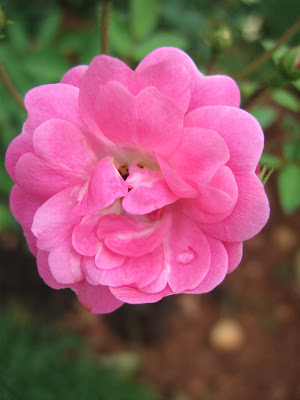COBRAS

In Japan, Hamo or pike eel is a familiar fish for people of Kansai, but not so common for people living in the Tokyo region and northwards. It is a kind of sea fish similar to eel and conger eel that lives in warm seas. They fish for it of the coast of Japan from the Kii Peninsula to Amakusa in Kumamoto, Kyushu. The name Hamo comes from hamu, an old word meaning "to eat", because the fish uses its sharp small teeth to eat almost anything from shrimps and crabs to small fish. It is a seasonal summer delicacy in Kansai, and an important part of the Tenjin Festival in Osaka and the Gion Festival in Kyoto.
I really enjoyed Hamo in Japan however it was cooked, over a robatayaki or poached in a dashi. The flesh combines sweetness, richness and firmness. It can be called "thousand bones fish" as in order to make the fish edible you have to mince the flesh widthwise every 1/16 of an inch to cut and break down all the tiny bones. An hamokiri knife is required to achieve the result. Of course you need some practice to be able to cut the bones without cutting the skin and the loin. At the restaurant we serve it grilled over binchotan (hard wood charcoal). The flesh is dusted with kuzu starch that will absorb moisture and bring more creaminess to the fish and teriyaki sauce.
Comments
Post a Comment